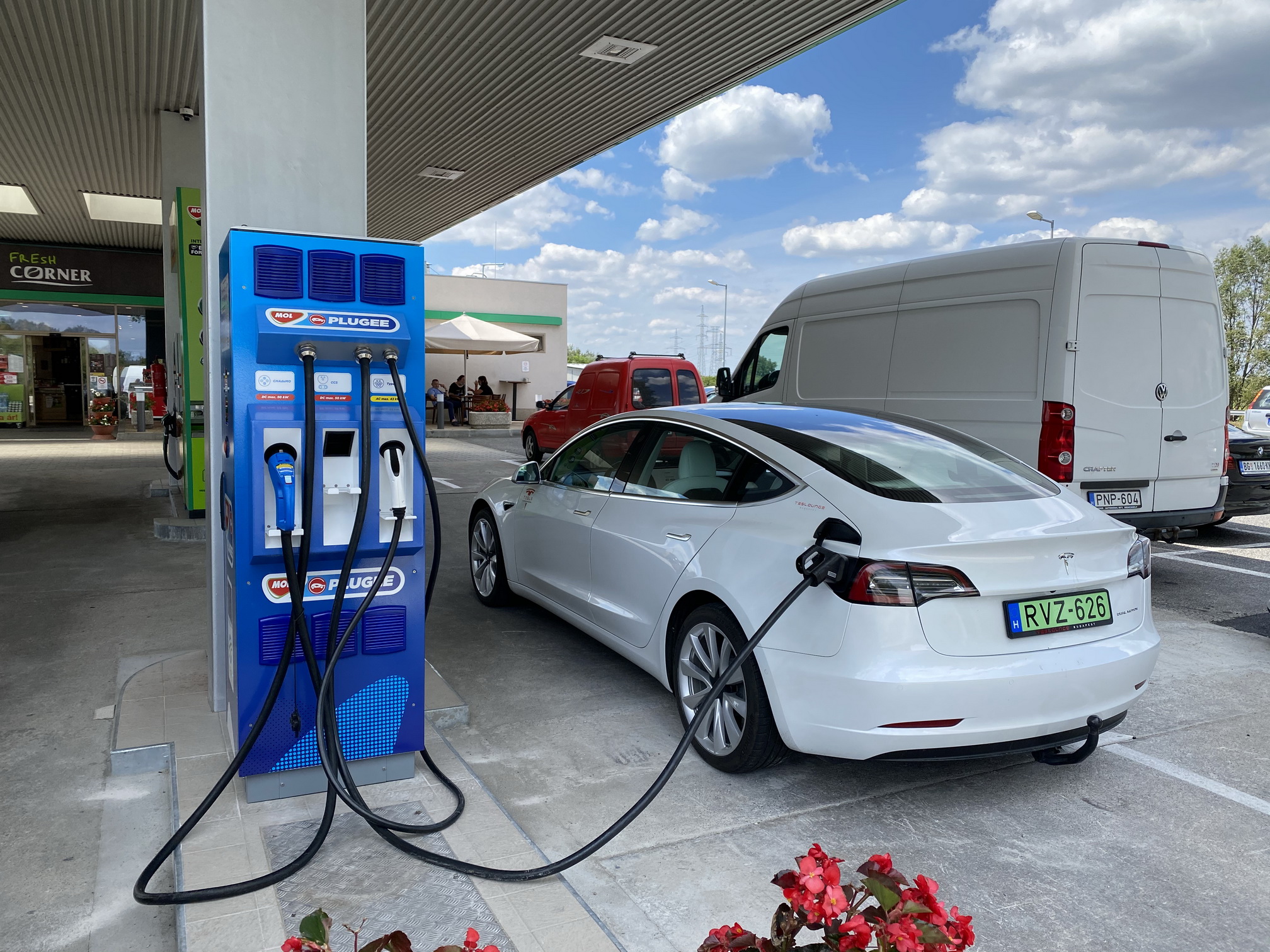The climate policy program of the European Union requires that all cars and light trucks put into circulation must be emission-free after 235 years of age. Magyar Hírlap asked professor Ferenc Anisits, engineer, former development manager of BMW, about the topic
According to Anisits, the program proposes to transform twelve measures in the fields of climate, energy, land use, transport and taxation in such a way that the net emission of greenhouse gases will decrease by at least fifty-five percent by 2030 compared to the situation in 1990.
Achieving the extremely challenging goal would only make sense if the production of the electric car were globally carbon dioxide-free. In order to assess this condition, an ecological assessment of the battery's global value chain is inevitable. Lithium and cobalt are the two basic elements for battery electrode production.
The rare raw material, cobalt, is extracted by Chinese-owned companies in the Congo with child labor in inhumane conditions. The raw materials for the electrode, lithium carbonate and cobalt, are transported between continents on fossil-powered ships, and then transported in diesel-powered trucks to battery factories, where pure lithium is produced chemically. Carbon dioxide (one hundred and fifty to one hundred and seventy kilograms/kWh) is produced as a byproduct of the process.
The operation of the electric car with electricity contaminated with fossil energy carriers further burdens the climate globally.
 Switching power generation to purely renewable energy is not possible due to the alternating periods (day and night, as well as calm and stormy periods). In order to ensure continuous electricity production, in addition to the installation of renewable energy parks, the construction of additional traditional thermal power plants or nuclear and hydropower plants is inevitable in order to bridge periodic power generation breaks. The negative example of the parallel operation of the two systems is Germany and Denmark, where the share of renewable energy is the largest and also the most expensive in electricity production in the world. If overproduction occurs in renewable energy production, without storage, the generated electricity appears as a loss.
Switching power generation to purely renewable energy is not possible due to the alternating periods (day and night, as well as calm and stormy periods). In order to ensure continuous electricity production, in addition to the installation of renewable energy parks, the construction of additional traditional thermal power plants or nuclear and hydropower plants is inevitable in order to bridge periodic power generation breaks. The negative example of the parallel operation of the two systems is Germany and Denmark, where the share of renewable energy is the largest and also the most expensive in electricity production in the world. If overproduction occurs in renewable energy production, without storage, the generated electricity appears as a loss.
The most important condition for the solution is the storage of renewable energy in hydrogen. This requires the development of the hydrogen economy (electrolysis of water, storage, transport, refueling). The second condition is the complete reconstruction of the electricity network into a so-called digital network, where all producers and consumers cooperate in coordinated digital mutual data provision. This is feasible in the long run, extremely expensive, but the only concept that makes sense.
A strategically competent person not only sets goals, but also thinks through solution concepts. If he is unable to do so, he listens to the advice of experts. I'm not optimistic. Then the problems and failures that occur during implementation will have a sobering effect. This is the "error, try again" method, in which the solution is sought through repeated failures and new attempts.
The most spectacular failure will be if global carbon dioxide levels continue to rise rather than decrease. But problems have already appeared before when replacing fossil energy with electricity, multiplying the current number of gas stations, increasing costs, taking up land for solar and wind power parks, and so on. All in all, "fit for 55" will destroy Europe's economy without changing carbon dioxide emissions one iota.
Source and full article: Magyar Hírlap
Featured image: YouTube












